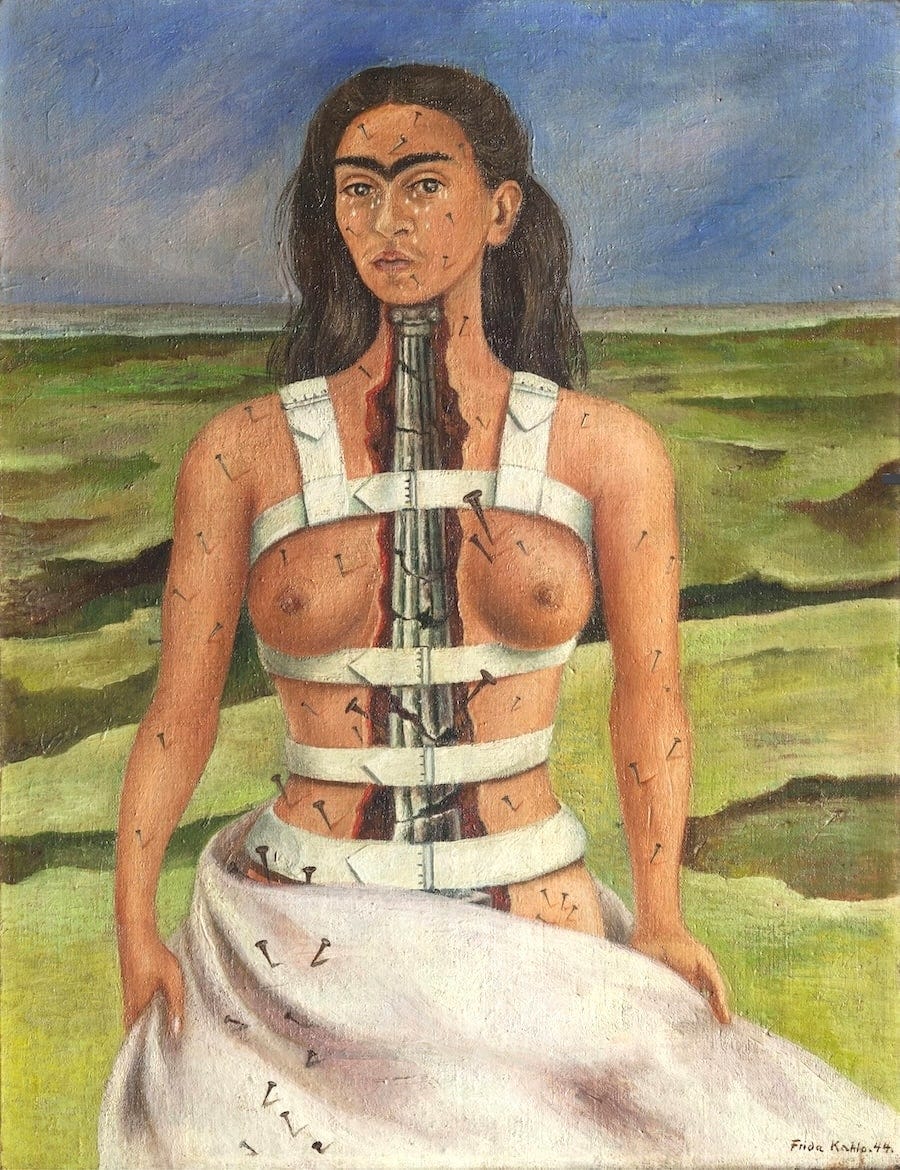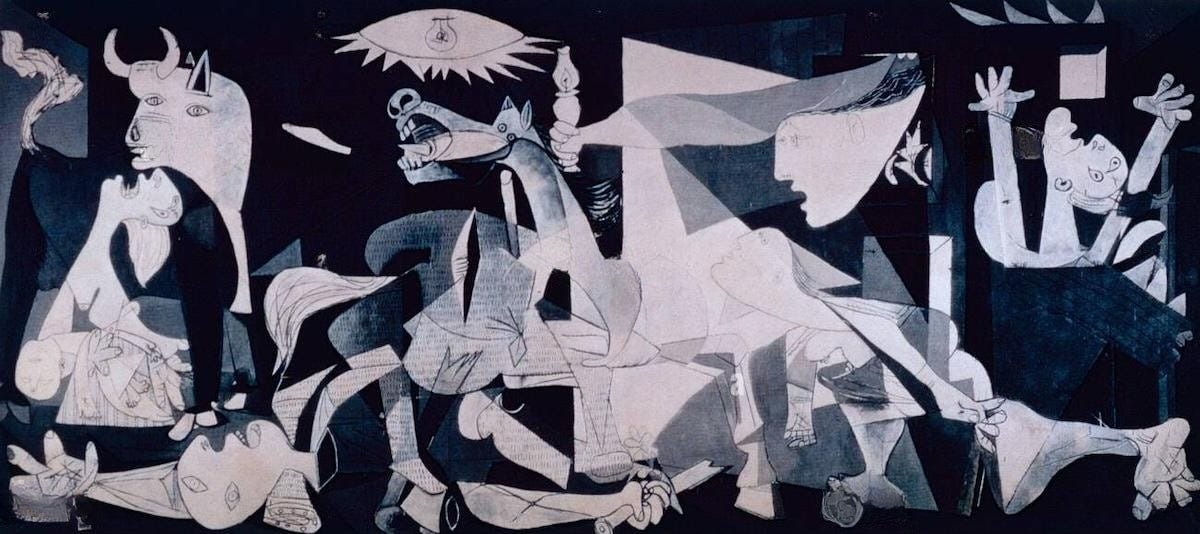Art. What is it? Why Do We Care?
These questions lingered in my mind as I prepared to write today’s blog post. Art is an expansive concept, encompassing countless mediums—tangible and intangible, physical and digital, conceptual and figurative. Regardless of its form, art carries meaning. It resonates with each of us because, at its core, art is an expression of human emotion.
Art matters to us all; we can create it, appreciate it, and be moved by it. What is fascinating is how two people can gaze at the same painting and walk away with entirely different interpretations. Art is inherently emotional, subjective, and deeply personal. While art historians may argue that all art reflects its era and societal context, it’s crucial to emphasize that art is also profoundly personal. It holds significance for the artist who brings a vision to life and for the viewer who connects with it on an emotional level.
This is precisely why I chose to center my blog around art. It has the remarkable ability to evoke feelings in every one of us.
Today, I started drafting a piece on Renaissance iconography, but I found myself struggling to finish it. This is when I realized I wanted this particular post to be more than just an exploration of an era; I wanted it to delve into the significance of art itself. So here I am, ready to explore the many ways art moves us, makes us cry, brings us joy, and showcases the brilliance of human creativity.
The Artist’s Voice
The first way art becomes personal is through the artist’s expression of their thoughts and feelings. When an artist creates, they pour a part of themselves into their work—transforming their feelings into a visual or auditory language that speaks to others.
This deeply personal visual expression allows artists to communicate in ways that words often cannot. A painting might capture a fleeting moment of joy or a haunting memory, inviting viewers to step into the artist's world. Each work becomes a window into their psyche, revealing vulnerabilities and triumphs.
To name one example, few artists have poured their heart and soul into their work as much as Frida Kahlo. Her art powerfully expresses both her physical and emotional pain. Through her evocative self-portraits, she confronts her suffering which stemmed from a traumatic accident and chronic illness. At just 18 years old, Kahlo was involved in a bus accident in Mexico City when her vehicle collided with a streetcar. The crash left her with severe injuries, including a fractured spine, pelvis, and several broken ribs, along with damage to her leg and foot. This traumatic experience led to multiple surgeries and a lifetime of chronic pain, profoundly shaping her artistic vision and personal identity. Each of her subsequent works reflected the complexities of her suffering.
Paintings like The Broken Column and The Two Fridas reveal her emotional turmoil, utilizing bold colors and symbolic imagery to convey feelings of isolation, heartbreak, and resilience. Kahlo's unique ability to translate her vulnerabilities into art invites us viewers to empathize with her journey.
The Broken Column, Frida Kahlo (1944)
The Two Fridas, Frida Kahlo (1939)
Another great example of how art can serve as a profound expression of an artist’s personal experience is Vincent van Gogh's Self-Portrait with Bandaged Ear. In this self-portrait, van Gogh not only captures his physical likeness but also reveals his life-long struggle with mental health. The bandaged ear - a result of a tumultuous incident where the artist severed his own ear - symbolizes the deep inner turmoil that plagued his life.Through the intense gaze of the subject, van Gogh invites us into his psyche, unveiling his chaos and isolation. This painting transcends mere representation, transforming personal trauma into a universal exploration of pain.
Self-Portrait with Bandaged Ear, Vincent van Gogh (1889)
Each of these works serves as a window into the artist's psyche, illustrating how art can communicate complex emotions and experiences beyond words. Art serves as a bridge between the artist’s expression and the viewer’s emotional response. It comes alive through a dynamic flow of thoughts, symbols, and feelings that originate with the artist and resonate with us viewers. This exchange allows us to connect—whether or not we relate to the artist's personal experience—transforming art into a shared emotional journey.
The Viewer’s Experience
Art holds immense importance for us viewers. Simply looking at visual art has the power to stir deep emotions and provoke thought. Art can serve as a mirror, reflecting our own experiences, often allowing us to see aspects of ourselves we may not fully understand. When we engage with a piece of art, we enter into a dialogue with the artist, their work, and ourselves.
Art has the remarkable ability to evoke a wide range of emotions—joy, sadness, nostalgia, anger, and tranquility - you name it. A breathtaking landscape, like Claude Monet’s series of Water Lilies, can transport us to a serene place, showcasing the tranquil beauty of a Giverny garden, with calm waters adorned by delicate water lilies and shimmering reflections.
Water Lilies, Claude Monet (1919)
In contrast, a historical warfare scene, such as Eugène Delacroix's The Death of Sardanapalus, elicits feelings of anxiety and fear. This dramatic composition portrays the Assyrian king in the throes of despair, using vivid colors to convey chaos and turmoil as the subject faces his demise. These emotional responses may seem polar opposites, yet both are cathartic and emotive.
The Death of Sardanapalus, Eugène Delacroix (1827)
More importantly, art can challenge our preconceived perspectives and inspire change. Art encourages us to question societal norms and engage with diverse viewpoints. For instance, Pablo Picasso’s Guernica confronts the brutality of violence and the suffering it inflicts on innocent civilians. Created in response to the bombing of the Basque town during the Spanish Civil War, this monumental painting captures the chaos and horror of war. This piece invites us to question the normalization of war, humanity's capacity for destruction, and the ethical implications of political conflict.
Guernica, Pablo Picasso (1937)
Through its silent visual dialogue, art fosters a sense of community and shared humanity, reminding us that we are not alone in our feelings and experiences. In this way, art becomes a vital tool for reflection, understanding, and connection, enriching our lives with much more than beauty.
Let Yourself Feel It Too
Perhaps what I am trying to convey through this post is that art goes beyond mere aesthetics. It is a powerful medium that connects us to our humanity. Art invites us to feel, explore our emotions, question societal norms, and engage with the world around us.
I encourage you to step into a museum, gallery, or even your local art space. Allow yourself to immerse in the stories and emotions that art has to offer. Take a moment to reflect on how each piece speaks to you, igniting your own impressions and feelings. Whether you find joy, sorrow, or inspiration, remember that art is a shared experience, a bridge that connects us to artists and to one another. Let it enrich your understanding of yourself and the world.







